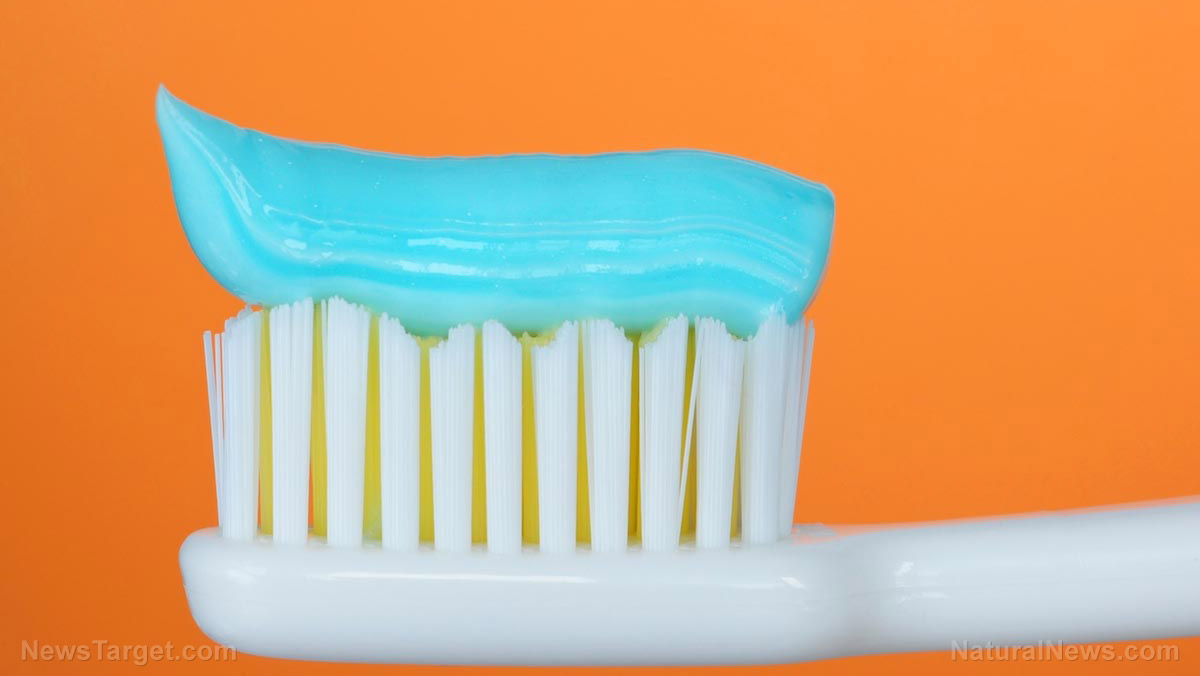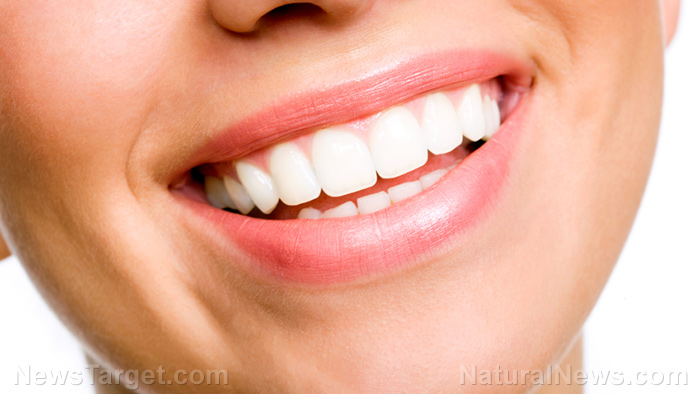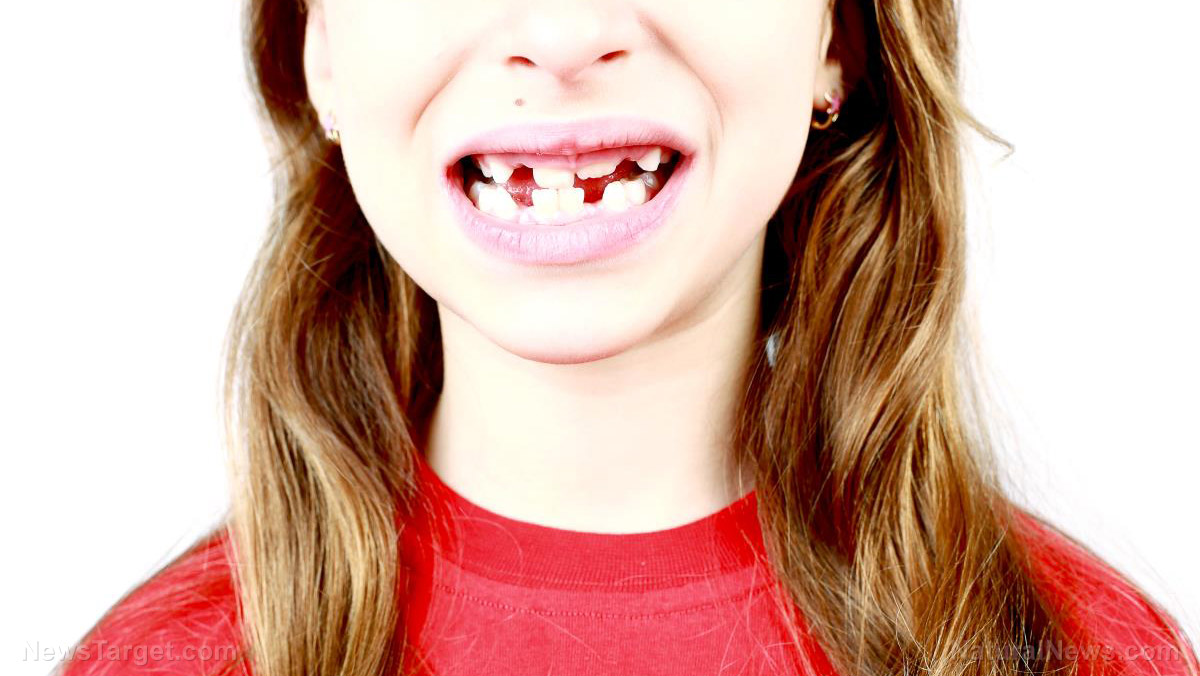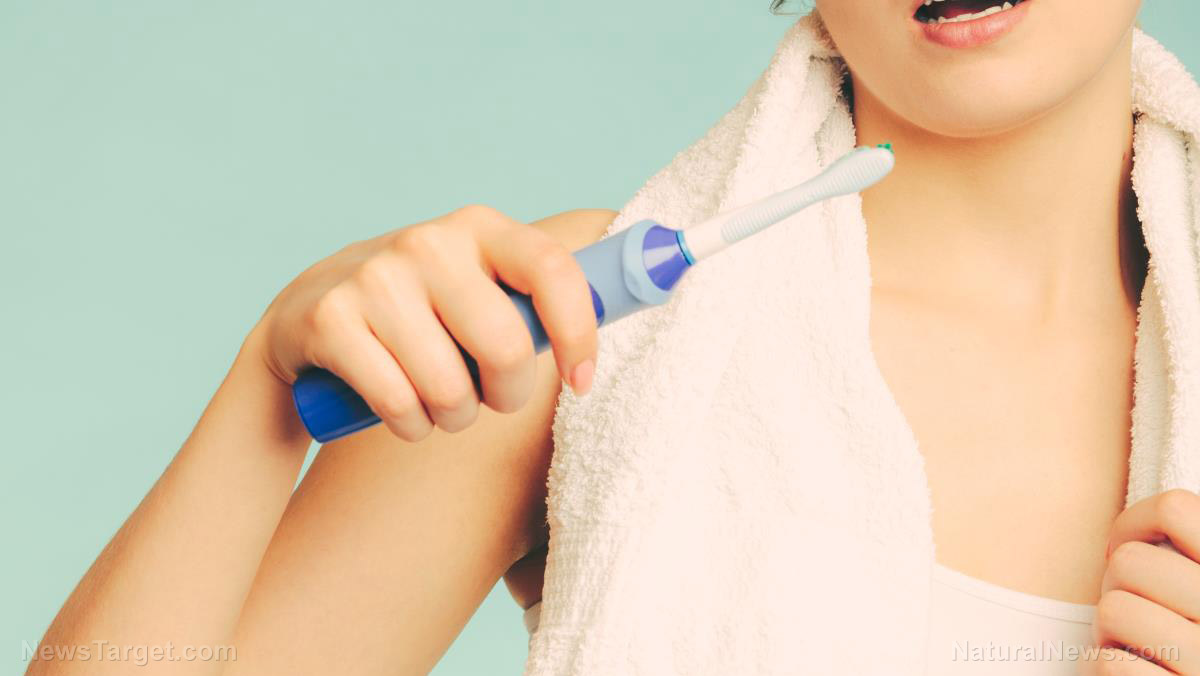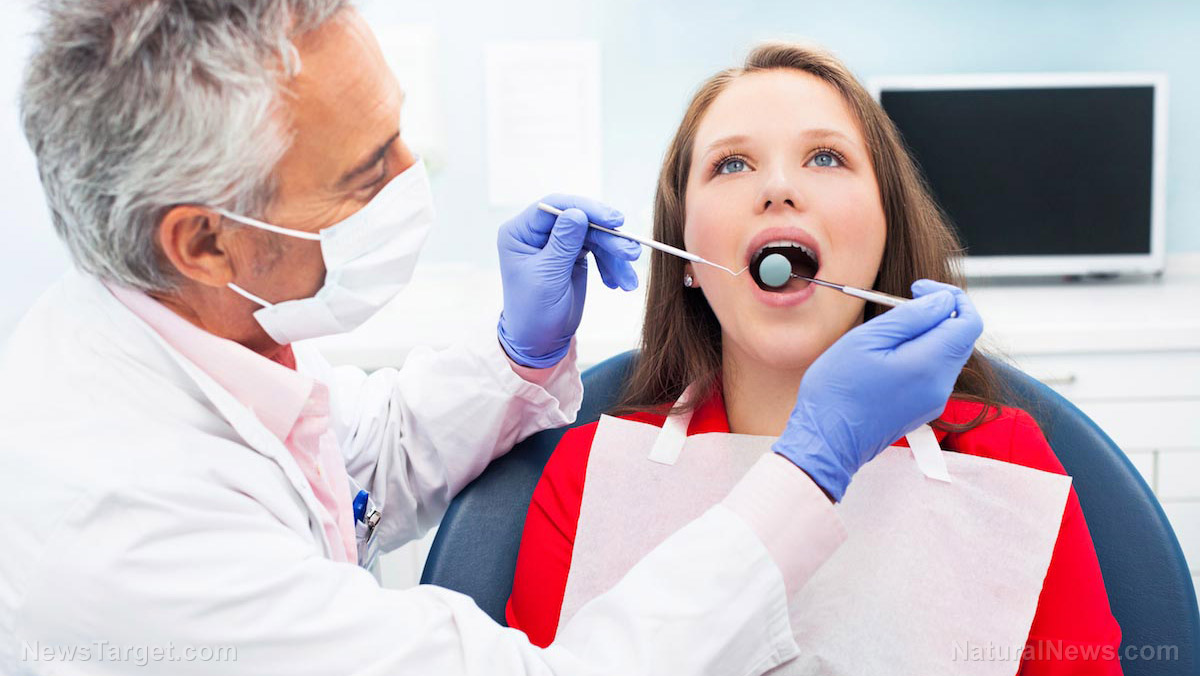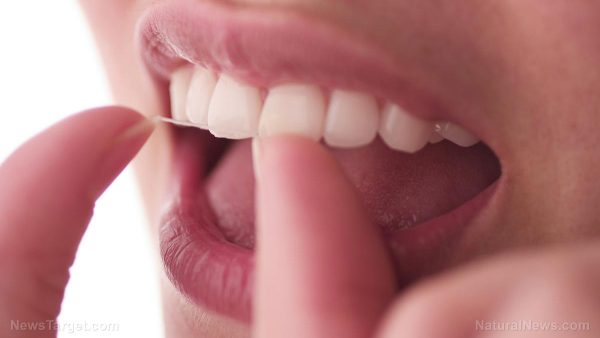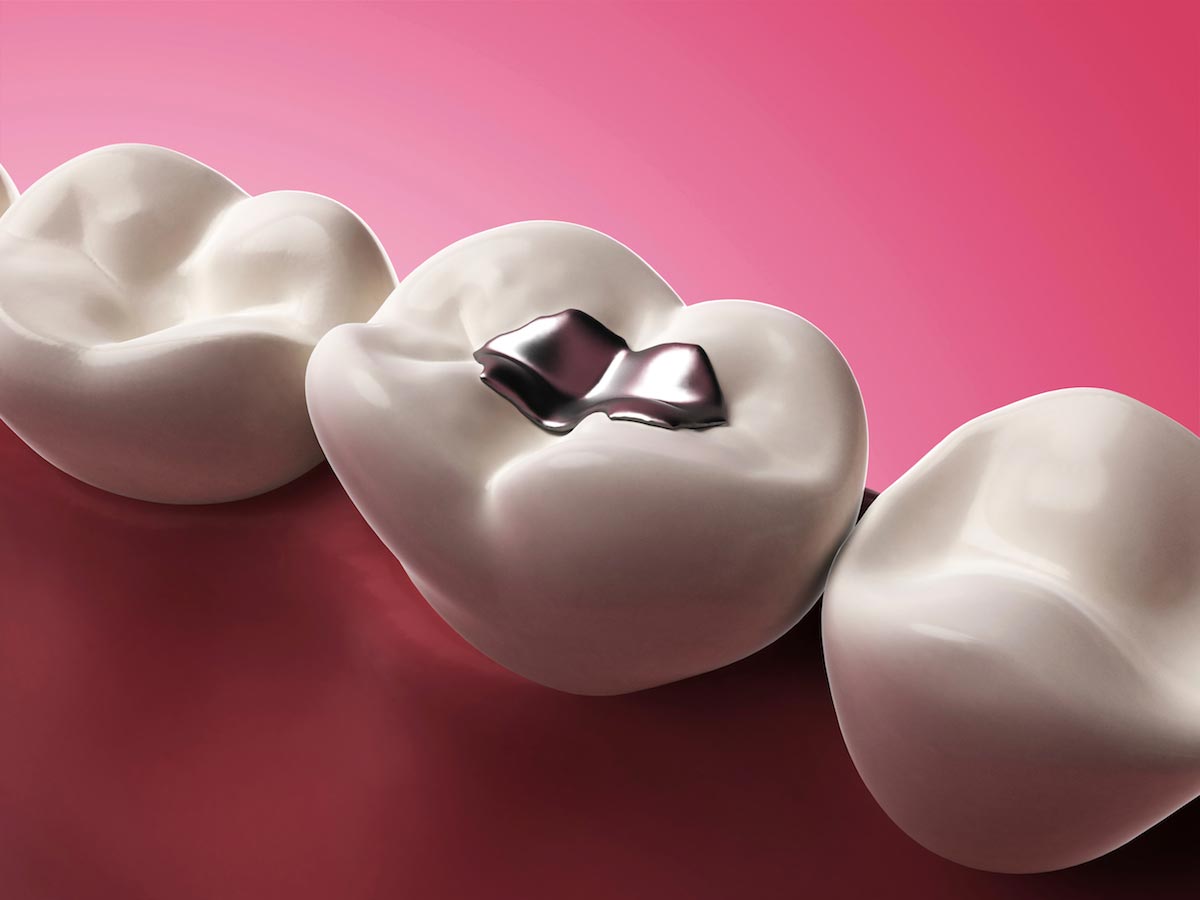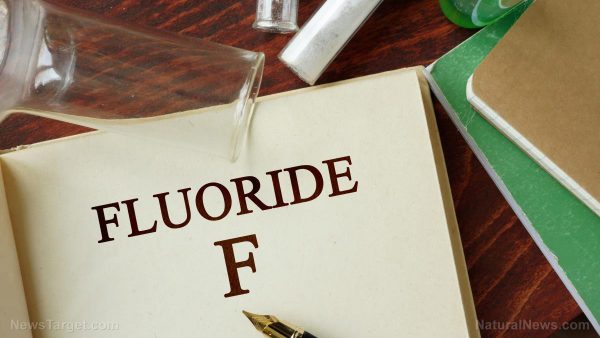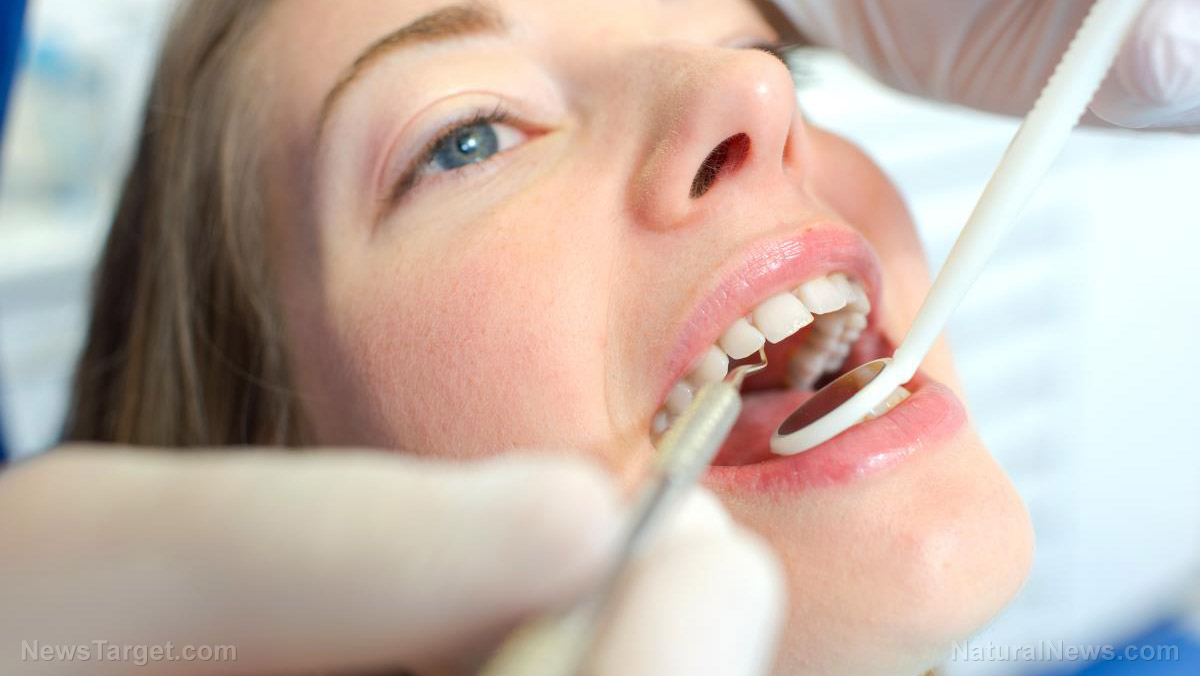When was the last time your dentist recommended meditation and eating kale as a way to a healthier mouth? Suggested a daily probiotic? Or had a cranial sacral therapist give you a treatment in the chair?
(Article by Peg Moline)
We didn’t think so.
But these are exactly the services you might find at the office of a holistic dentist, also sometimes called a biological or integrative dentist. The Holistic Dental Assn. has 267 active members nationwide. The numbers are growing for a few reasons, including acknowledgment that the teeth and gums should be considered vital to the rest of the body, and vice versa; also, concern over the effect mercury amalgam fillings might have on a person’s health. “The growth is definitely patient-driven,” said Dawn Ewing, executive director of the International Academy of Biological Dentistry and Medicine, a network of dentists..
Holistic dentists fill cavities, clean teeth and make bridges and implants. But they also are rooted in the concept that when treating teeth, you must consider the entire body — diet, lifestyle, mental and emotional health. Most also seek to use technology that minimizes exposure to harmful chemicals — for the patient, staff and doctor, as well as the environment.
“Conventional Western dentistry tends to decapitate you,” says Dr. David Villarreal, a biological dentist who practices in Newbury Park. (Holistic dentists all have either a degree of doctor of dental surgery or doctor of medical dentistry.) “Most treat your mouth as an independent entity, which just doesn’t make sense to us. What’s the first thing a horse veterinarian does?” Villarreal asked. “They look in the horse’s mouth, which tells them a lot about the horse’s body and health.”
For the most part, holistic dentists don’t use fluoride in their practices, and they prefer herbal and traditional products and remedies. Virtually all of their offices are mercury-free — many also mercury-safe (more on that later) — and most use what they feel are safer and less invasive restoration materials. Some use cranial-sacral massage to soothe and relieve pain.
What’s in your mouth?
Approximately 50% of a dental amalgam filling is elemental mercury by weight. Which brings us to a central concern of holistic dentists: the mercury in your mouth.
“A major part of my consideration is the removal of heavy metals from a patient’s mouth,” Villarreal said, “and my protocol is designed to protect the patient, doctor and staff, and the environment. Then I concern myself with what I’m going to replace the amalgams with.” Biological and holistic dentists use fillings and composites that they believe are safer than amalgam fillings.
Taking it out
To remove filling containing mercury, a holistic dentist and staff wear hazmat suits and dual-valve gas masks, and the work is done with the patient covered from head to toe, the working tooth isolated . Old mercury fillings are removed with super-strong suction, separated from the wastewater into an isolated container, then picked up by EPA-licensed agents.
The amalgam fillings are replaced with resin, plastic and other materials. Holistic dentists generally use the same kind of anesthesia as conventional dentists — although many have a naturopathic doctor on staff who runs an IV with vitamin C to help the body fight the stress of the procedure.
“Everything in dentistry is toxic,” Villarreal believes. “There’s no such thing as nontoxic. So my job is to find procedures and materials that a patient’s body will be least stressed by and react the least to.”
Conventional wisdom
“I am a complete proponent of holistic medicine,” said West Los Angeles periodontist Todd H. Yamada. “Acupuncture, hypnotherapy and meditation — especially transcendental meditation — acupressure, herbs. All of it has been used for thousands of years, and there is a place for it.
“But in dentistry, because so much of it is mechanical and there are so many chemical agents and materials, it’s not clear that the holistic application is viable. From what I know and what I’ve read, there just isn’t a lot of research done on patients. And mercury that is used for amalgam is such a trace amount, the science doesn’t back up that it could be harmful to your health. I’m afraid it’s used as a scare tactic and marketing tool.”
Westside dentist Kevin Komatsu agrees: “What we use in our practice is evidence-based, our procedures are based on what the research tells us works. There are much better alternatives these days, so if someone doesn’t want amalgams or metal in their mouth, we can still render care.
“But we cannot say that it’s a cure for a certain disease; in fact, the American Dental Assn. considers that unethical. If someone comes to me asking for mercury removal because they are having symptoms, I send them to their doctor.”
What to do now
Today’s dental students are taught about the issue of mercury amalgams, mercury removal and how to deal with questions from patients.
“There is no specific definition of holistic dentistry,” said Dr. Edmond R. Hewlett, a professor of restorative dentistry and associate dean of outreach and diversity at the UCLA School of Dentistry. “Whatever philosophy a dentist chooses, there is a standard of care, and as long as a dentist is practicing within that standard and using methods and practices that have reasonably valid evidence, that’s what matters.
“And we do believe in treating the whole person — that the mouth affects the body and the body affects the mouth, and that’s very much taught and discussed. We talk about diet and about foods that can impact your oral health, such as sugar.”
And what do dental students learn about mercury? “We teach that it is safe; there are no clinical studies identifying a link between amalgam and health problems,” Hewlett said. “And we teach that it is unethical to claim otherwise. But we also teach our students about alternatives and how to work with patients who are concerned about getting mercury fillings. Since there is limited data on pregnant women and children under 6, we also teach them to be ultraconservative” with those populations.
How to find a holistic dentist
If you are convinced that an integrative dentist is for you, it’s always best to get a referral from a friend, doctor or even your regular dentist.
Look around online for some reputable practitioners and learn more (a good website is the one for Dr. Lewis Gross’ New York City practice, Tribeca Center for Integrative Holistic Dentistry; be sure to read the “holistic dentistry” page). Then go to the website for the International Academy of Biological Dentistry and Medicine (iabdm.org) and search for a certified dentist in your area. Of its 130 members, 45 are certified by the academy. “This means they have been assessed and tested, and are required to attend the annual conference at least every other year,” said Executive Director Dawn Ewing. “But I also recommend that people call us for their specific needs.”
The cost is similar to other dentists for cleaning and office visits; mercury is inexpensive, “that’s one of the reasons it has been around for so long,” said Dr. David Villarreal. “You can make a crown and it will last. So the composites tend to cost more, as much as triple the cost.”
Insurance might cover a holistic dentist, depending on the procedure and your insurance. It’s a bit like going to see an acupuncturist: If you have really good insurance and the practitioner is in network and accepts your insurance, at least some of the cost will be covered. Cleaning and routine checkups tend to be covered.
As with any practitioner, be wary of a dentist who makes outlandish claims to cure you of disease, and be sure to get pricing and the treatment plan up front. Generally, mercury removal and replacement fillings should cost about $500 per tooth.
Read more at: latimes.com


